- Introduction: Tak Matsumoto’s Sonic Identity
- Amplifiers: The Backbone of Matsumoto’s Tone
- Guitars Used by Tak Matsumoto (B’z / TMG)
- Tak Matsumoto’s Effects & Pedalboard Setup
- EQ Settings, Mix Engineering & Tonal Strategy
- Affordable Gear Alternatives
- Final Summary: Capturing the Essence of Tak Matsumoto’s Sound
- Tak Matsumoto’s Effects and Pedalboard Setup (B’z / TMG)
- Tone Shaping, EQ Techniques, and Mixing Strategy (B’z / TMG – Tak Matsumoto)
- Budget-Friendly Gear to Recreate Tak Matsumoto’s Sound
- Final Thoughts: The Art of Tak Matsumoto’s Signature Tone
Introduction: Tak Matsumoto’s Sonic Identity
Tak Matsumoto, the legendary guitarist of B’z and TMG (Tak Matsumoto Group), is one of Japan’s most influential rock guitarists. His playing style, tone philosophy, and meticulous approach to gear selection have shaped generations of musicians.
At the core of his sound lies a bold and silky humbucker tone—a dynamic blend of emotional leads, razor-sharp cutting rhythm work, and lush clean textures. Whether it’s fast runs in “ultra soul,” the iconic arpeggios in “LOVE PHANTOM,” or the heavy groove of “Giri Giri Chop,” Matsumoto’s style always balances technical finesse with musicality.
His work with TMG leans toward heavier American rock, with a thicker, more saturated tone that reflects his versatility. Across all his projects, one consistent trait stands out: the ability to unify diverse tonal colors while maintaining a consistent sonic signature. His live tone remains remarkably close to his studio recordings—a result of carefully crafted gear chains and precise settings.
Tak Matsumoto is also known for his extensive guitar collection, particularly his collaboration with Gibson on the “Tak Matsumoto Les Paul” signature models. His deep musical literacy allows him to choose the right guitar for each song—not just in terms of tone, but also feel, weight, and role within the arrangement.
This article breaks down every component of his sound—from amps and guitars to effects, EQ, and mix strategies. Whether you’re a fan looking to replicate his tone or a guitarist searching for inspiration, you’ll find a step-by-step guide to understanding what makes the Tak Matsumoto sound so powerful and timeless.
▶ Explore Official B’z Music Videos on YouTube
Amplifiers: The Backbone of Matsumoto’s Tone
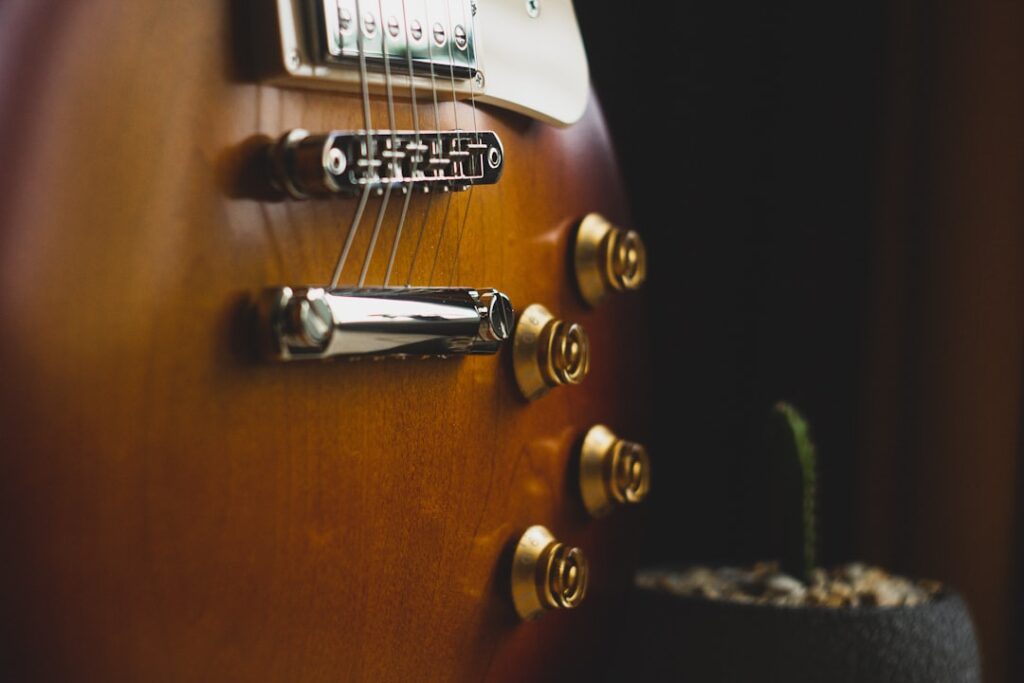
Tak Matsumoto’s distinctive guitar sound is built upon a foundation of finely tuned amplifiers. His tone ranges from tight crunch to saturated high-gain, made possible by a multi-amp setup developed and refined over years of studio sessions and live tours.
His main rig revolves around FAT custom amps, namely the FAT 80/84 (for drive tones) and the FAT 70/75 (for cleans). These hand-crafted Japanese amplifiers were developed in close collaboration with Matsumoto himself and are considered essential to the B’z sound.
The FAT 80/84 delivers a fat, focused midrange, a smooth top end, and remarkable clarity—cutting through live mixes with ease. Matsumoto once described the experience as “hearing your guitar without needing the PA system,” referring to its natural and uncompressed feel on stage.
For clean parts, arpeggios, and ambient moments, he also integrates Two-Rock amps, such as the Bloomfield Drive and the Silver Sterling Signature. These boutique American amps offer articulate clean boosts and 3D-like clarity, especially effective for melodic solos and expressive chord voicings.
To further enhance spatial effects, a QSC GX3 power amplifier is employed specifically for delay lines, enabling greater separation and stereo spread in his signal chain.
| Model | Brand | Amazon Link | Artist | Guitarist | Notes |
|---|---|---|---|---|---|
| FAT 80/84 | FAT | Search on Amazon | B’z | Tak Matsumoto | Main drive amp. Custom-designed for Matsumoto. The core of his live tone. |
| FAT 70/75 | FAT | Search on Amazon | B’z | Tak Matsumoto | Dedicated clean amp. Used for clean rhythms and arpeggios. |
| Bloomfield Drive | Two-Rock | Search on Amazon | B’z | Tak Matsumoto | Used for clean leads and delicate expression. Highly dimensional and articulate. |
| Silver Sterling Signature | Two-Rock | Search on Amazon | B’z | Tak Matsumoto | Exceptional clarity and warmth. Preferred for melodic clean solo work. |
| GX3 | QSC | Search on Amazon | B’z | Tak Matsumoto | Used specifically for delay signals. Enhances space and signal separation. |
Guitars Used by Tak Matsumoto (B’z / TMG)
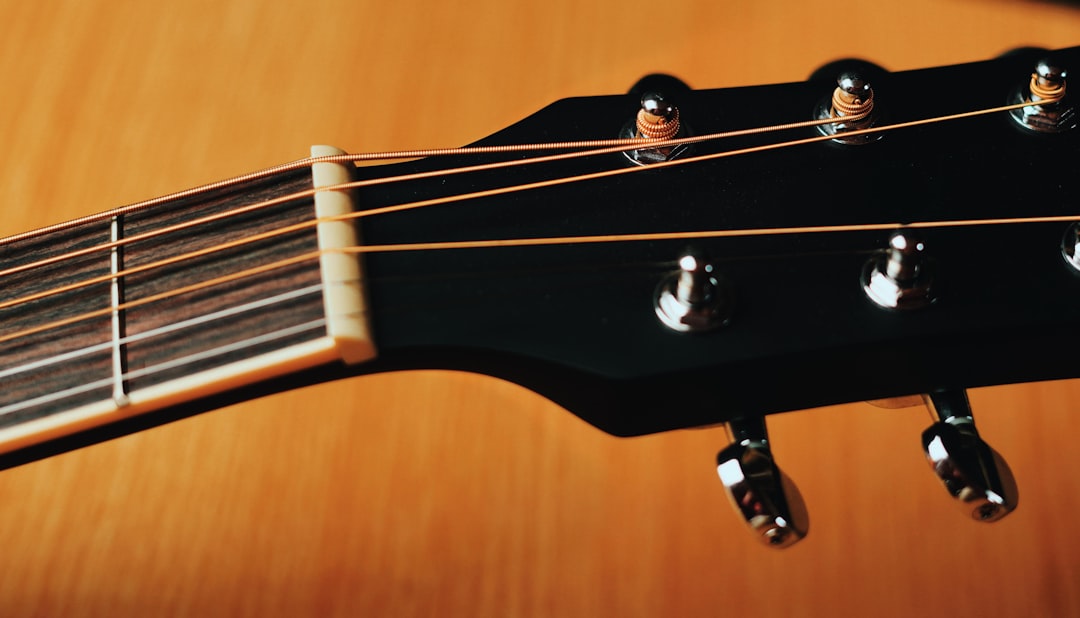
Tak Matsumoto is widely recognized for his exceptional collection of guitars — not only in quantity, but in how he matches each instrument with the exact tonal and visual needs of a song.
As an official Gibson signature artist, Matsumoto has played a central role in developing various Tak Matsumoto Les Paul models. These include eye-catching designs like the Canary Yellow, Tak Burst, Double Cutaway, and Firebird editions — each optimized for tone, feel, and stage presence.
These guitars are not just cosmetic variants. They’re used strategically depending on the style — from soaring distortion leads in “ultra soul,” to lush cleans and ambient layering in ballads like “ALONE.”
Beyond his signature line, Matsumoto frequently rotates through rare and vintage guitars, including several 1959 Les Pauls, custom studio models, and even tributes to legends like Gary Moore and Jeff Beck. Each guitar is chosen based on its tone character, sustain, resonance, and playability, ensuring a perfect fit for the song at hand.
The following tables present his extensive guitar arsenal, categorized by brand and model:
Tak Matsumoto’s Effects & Pedalboard Setup
Effects play a crucial role in shaping Tak Matsumoto’s three-dimensional guitar sound. His pedalboard is a professional-grade system, meticulously customized to handle everything from distortion and ambient effects to MIDI-controlled switching.
Core spatial effects include the BOSS DD-500 for delay and the Free The Tone AS-1R for reverb. These are essential in clean sections and ballads like “LOVE PHANTOM” and “ALONE,” where his tone becomes lush and ambient.
For drive tones, his go-to is the TEN Div. Overdrive Prototype, designed specifically to match his tonal preferences. It delivers tight, articulate crunch and full-bodied distortion. His rig also includes prototypes like the TEN Div. Booster and Fixed Wah, each customized for specific tonal applications.
MIDI-based control gear like the TECH 21 MIDI MOUSE and KENTON Thru-5 ensure seamless effect switching on stage, while power supplies such as the Free The Tone PT-3D maintain reliable operation.
EQ Settings, Mix Engineering & Tonal Strategy
Matsumoto’s tone is more than just gear — it’s a finely tuned system of amp EQ, spatial processing, and mix design.
He emphasizes midrange presence, especially around 400–800Hz. On the FAT 80/84 drive channel, lows are slightly rolled off while mids are boosted, allowing his guitar to cut through the mix without overwhelming other instruments.
Treble is often dialed back to prevent harshness, yet he preserves picking clarity. Presence is usually subtle, with final high-end detail shaped during mixing via mic preamps.
- Gain: 6.0–7.5
- Bass: 3.5–4.5
- Middle: 7.0–8.5
- Treble: 4.0–5.5
- Presence: 3.0–4.5
For clean arpeggios and solos, amps like the Two-Rock Bloomfield Drive and Silver Sterling Signature are used, offering a wide frequency range and dimensional clarity.
In effect routing, delay is usually in a parallel loop, while reverb is placed later in the mix chain for stereo imaging. On stage, the QSC GX3 handles delay-only signals to avoid muddying the dry tone.
Compression is subtle, often using a TEN Div. Compressor Prototype only on clean or funky rhythm parts, preserving natural dynamics and attack.
Mix-wise, his tone is positioned slightly off-center with a narrow-band mid boost, HPF around 80–120Hz, and short stereo reverbs (0.4s–0.6s) to enhance space. All this contributes to a live/studio consistency that defines his sonic signature.
Affordable Gear Alternatives
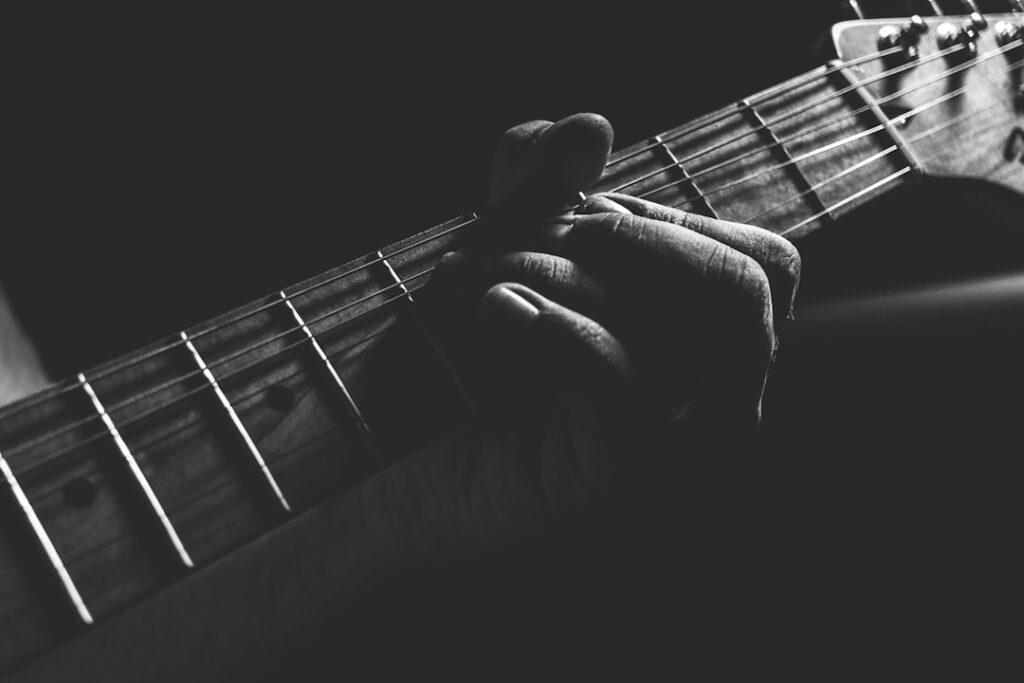
While Tak’s gear is highly customized and high-end, several affordable alternatives can help replicate the essence of his tone — particularly his rich mids, spatial clarity, and sustaining overdrive.
| Type | Model | Brand | Amazon Link | Band | Guitarist | Notes |
|---|---|---|---|---|---|---|
| Guitar | Epiphone Les Paul Standard 60s | Epiphone | Amazon | B’z | Tak Matsumoto | Offers a fat humbucker tone at a fraction of the price. Great for Canary Yellow tone emulation. |
| Amp | BOSS Katana-50 MkII | BOSS | Amazon | B’z | Tak Matsumoto | Highly versatile modeling amp. The “Brown” channel can approximate FAT amp saturation. |
| Overdrive | BOSS SD-1 Super OverDrive | BOSS | Amazon | B’z | Tak Matsumoto | Affordable and mid-focused overdrive — smooth, articulate, and FAT-like. |
| Reverb | TC Electronic Hall of Fame 2 | TC Electronic | Amazon | B’z | Tak Matsumoto | Delivers spacious and flexible reverb via TonePrint tech. Similar to AS-1R. |
| Delay | NUX Time Core Deluxe | NUX | Amazon | B’z | Tak Matsumoto | Multi-mode delay with excellent value. Great DD-500 substitute. |
| Phaser | MXR Phase 90 | MXR | Amazon | B’z | Tak Matsumoto | Used by Tak himself. Adds subtle movement and depth to rhythms. |
| Multi-FX | Zoom G3n | Zoom | Amazon | B’z | Tak Matsumoto | Entry-level unit with amp sims, EQ, reverb, and overdrive — all-in-one solution. |
Final Summary: Capturing the Essence of Tak Matsumoto’s Sound

Tak Matsumoto’s tone is more than a gear list — it’s a philosophy built on clarity, depth, and expressive flexibility.
His signature elements include:
- Midrange-focused sustain
- Clean tones with spatial depth
- Layered and modular effect routing
- Consistent mixing and stereo placement
The core of his sound lies in the synergy between FAT custom amps and Gibson signature guitars, providing a solid tonal identity across lead, rhythm, and clean parts.
He also bridges live and studio tones with advanced MIDI setups and parallel delay routing through PA — ensuring full control over every sonic nuance.
Even if you’re working with a modest budget, focusing on tone shaping, spatial layering, and mix awareness will bring you closer to his aesthetic than simply collecting expensive gear.
By learning how each piece of gear serves a tonal function, you can build your own “Tak-inspired rig” — and more importantly, develop your own voice grounded in musical intention and clarity.
Tak Matsumoto’s Effects and Pedalboard Setup (B’z / TMG)
Tak Matsumoto’s guitar tone is built upon a meticulously curated effect system that brings studio-grade depth to the live stage. His board features multi-layered routing, custom-designed pedals, and robust MIDI integration, allowing for dynamic tonal shifts with absolute precision.
At the heart of his spatial effects are the BOSS DD-500 delay and Free The Tone AS-1R reverb. These units are central to the ethereal soundscapes found in songs like “LOVE PHANTOM” and “ALONE,” delivering rich textures in arpeggio and clean passages.
For overdrive, Matsumoto uses a proprietary TEN Div. Overdrive Prototype, designed specifically to match his playing dynamics and tone curve. This pedal covers everything from smooth crunch to saturated leads. His rig also includes specialized units like a Fixed Wah Prototype and TEN Div. Booster — all tailored to his tonal architecture.
Supporting this setup is the Free The Tone PT-3D power supply, ensuring clean and consistent power across all pedals. MIDI controllers like the TECH 21 MIDI MOUSE and KENTON Thru-5 manage patch switching, allowing seamless transitions across complex effect chains during performances.
The following table summarizes his most iconic effect units:
| Model | Brand | Amazon Link | Band | Guitarist | Effect Type | Notes |
|---|---|---|---|---|---|---|
| DD-500 | BOSS | Search on Amazon | B’z | Tak Matsumoto | Delay | Multi-mode delay for both rhythm and ambient leads. Essential in studio and live setups. |
| AS-1R | Free The Tone | Search on Amazon | B’z | Tak Matsumoto | Reverb | Natural, studio-like reverb used with deep mix settings for ballads and textures. |
| PT-3D | Free The Tone | Search on Amazon | B’z | Tak Matsumoto | Power Supply | Centralized power management system. Critical for stage reliability. |
| Overdrive Prototype | TEN Div. | Search on Amazon | B’z | Tak Matsumoto | Overdrive | Custom distortion unit for Matsumoto’s lead tone. Articulate and sustaining. |
| Fixed Wah Prototype | TEN Div. | Search on Amazon | B’z | Tak Matsumoto | Wah Pedal | Fixed-wah configuration to emphasize specific midrange frequencies. Sweep-less filtering. |
| MXR EVH Phase 90 | MXR | Search on Amazon | B’z | Tak Matsumoto | Phaser | Used in rhythm parts to add depth and movement. Occasionally rotated into live rigs. |
| Whammy Ricochet | DigiTech | Search on Amazon | B’z | Tak Matsumoto | Pitch Shifter | For dramatic pitch dives and rises. Used in heavy riffs and solo breakdowns. |
| MIDI MOUSE | TECH 21 | Search on Amazon | B’z | Tak Matsumoto | MIDI Controller | Controls multiple pedal settings simultaneously. Essential for live scene changes. |
Tone Shaping, EQ Techniques, and Mixing Strategy (B’z / TMG – Tak Matsumoto)
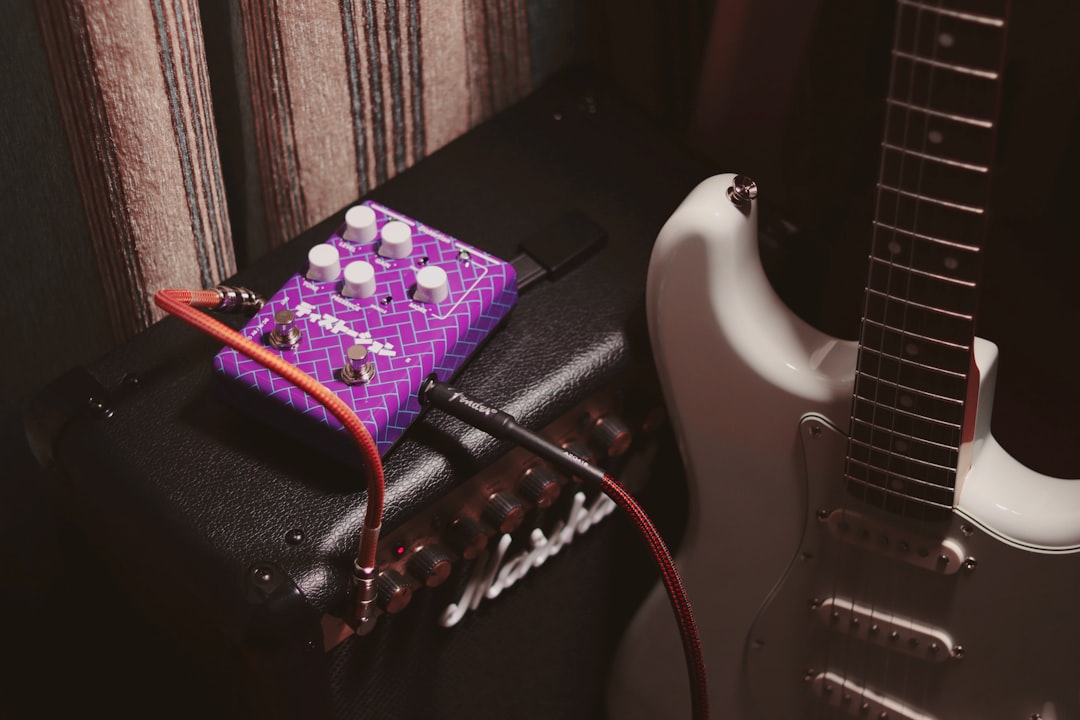
Tak Matsumoto’s tone design extends well beyond amps and effects — his EQ and mixing techniques play a critical role in crafting his iconic sound. Every element is carefully tuned to create tonal balance, spatial clarity, and live/studio consistency.
His core drive tone emphasizes midrange presence, which helps the guitar sit forward in the mix without masking other instruments. Using the FAT 80/84 amp, he typically rolls off the low end and boosts the 400–800 Hz region to deliver warmth and clarity.
The treble is often dialed back slightly to avoid harshness while still preserving articulation from pick attack. Presence is also modest — fine-tuned during mixing with mic preamps or EQ stages rather than the amp itself.
Here’s a typical EQ ballpark based on his rig settings:
- Gain: 6.0–7.5
- Bass: 3.5–4.5
- Middle: 7.0–8.5
- Treble: 4.0–5.5
- Presence: 3.0–4.5
For clean tones and arpeggios, Matsumoto employs boutique amps like the Two-Rock Bloomfield Drive or Silver Sterling Signature. These deliver full-spectrum clean sounds with wide lows, airy highs, and slightly scooped mids — ideal for ambient passages and layered textures.
He also takes great care in effect routing:
- Delay is usually placed in a parallel loop for clarity and depth without coloring the dry signal.
- Reverb is added post-mix and often set for stereo spread to enhance dimensionality.
For live use, the QSC GX3 power amp is dedicated solely to delay returns, allowing delay effects to blend spaciously with the dry tone. The feedback amount and EQ of the delay are often pre-set in coordination with the PA team to ensure they blend precisely into the mix.
Compression is subtle — a TEN Div. Compressor Prototype is occasionally used, primarily for funky rhythm parts or clean riffing. It smooths out dynamics without squashing transients, maintaining natural attack and decay.
In mixing, the approach is not about isolating the guitar to stand out unnaturally, but rather about sculpting the guitar’s role within the whole band mix. His tone is often treated with:
- Panning: Slightly off-center (left or right) for stereo balance
- EQ: Narrow mid boost, low cut (HPF ~80–120Hz), airiness retained in the highs
- Reverb: Short room types (0.4–0.6s) for natural depth
This level of precision is achieved through close collaboration with the band’s producer Koshi Inaba and their dedicated live/studio engineering team. The goal is to maintain a consistent sonic identity across both live performances and studio albums.
Ultimately, Tak Matsumoto’s sound philosophy is about designing tone across the entire signal chain — not just with individual gear choices, but through a holistic system that prioritizes space, clarity, and emotional impact.
Budget-Friendly Gear to Recreate Tak Matsumoto’s Sound
Tak Matsumoto’s tone is built on high-end, custom-designed gear — but that doesn’t mean it’s out of reach for everyday players. If you’re on a tighter budget, there are still plenty of options that can help you approximate his tonal character.
Below is a curated list of affordable alternatives (under ¥100,000 or approximately $700) that capture the essence of Matsumoto’s tone — from his fat midrange to his spatial effects and sustaining drive.
| Category | Model | Brand | Amazon Link | Band | Guitarist | Notes |
|---|---|---|---|---|---|---|
| Guitar | Epiphone Les Paul Standard 60s | Epiphone | Search on Amazon | B’z | Tak Matsumoto | Thick humbucker tone similar to Gibson models. Great for mimicking the Canary Yellow LP feel. Priced around ¥70,000. |
| Amp | BOSS Katana-50 MkII | BOSS | Search on Amazon | B’z | Tak Matsumoto | Affordable modeling amp (~¥50,000). The “Brown” channel delivers FAT-style high-gain tones. |
| Overdrive | BOSS SD-1 Super OverDrive | BOSS | Search on Amazon | B’z | Tak Matsumoto | Classic overdrive with a mid boost. Smooth and FAT-like gain, available around ¥6,000. |
| Reverb | TC Electronic Hall of Fame 2 | TC Electronic | Search on Amazon | B’z | Tak Matsumoto | Studio-quality reverb with deep customization via TonePrint. Close to the AS-1R feel. |
| Delay | NUX Time Core Deluxe | NUX | Search on Amazon | B’z | Tak Matsumoto | Versatile digital delay with multiple modes. Excellent cost-performance alternative to the DD-500. |
| Phaser | MXR Phase 90 | MXR | Search on Amazon | B’z | Tak Matsumoto | Classic phaser with smooth modulation. Adds movement and warmth to backing parts. |
| Multi-FX | Zoom G3n | Zoom | Search on Amazon | B’z | Tak Matsumoto | All-in-one unit for beginners/intermediates. Includes amp sims, EQ, delay, reverb, and drive — around ¥20,000. |
With these accessible alternatives, you can approximate key elements of Matsumoto’s sound — such as focused midrange, ambient clarity, tight delay, and musical overdrive.
Once you’ve mastered the tonal goals using budget gear, you can gradually upgrade to higher-end components. What matters most is how you shape your tone — not just what gear you use.
Final Thoughts: The Art of Tak Matsumoto’s Signature Tone
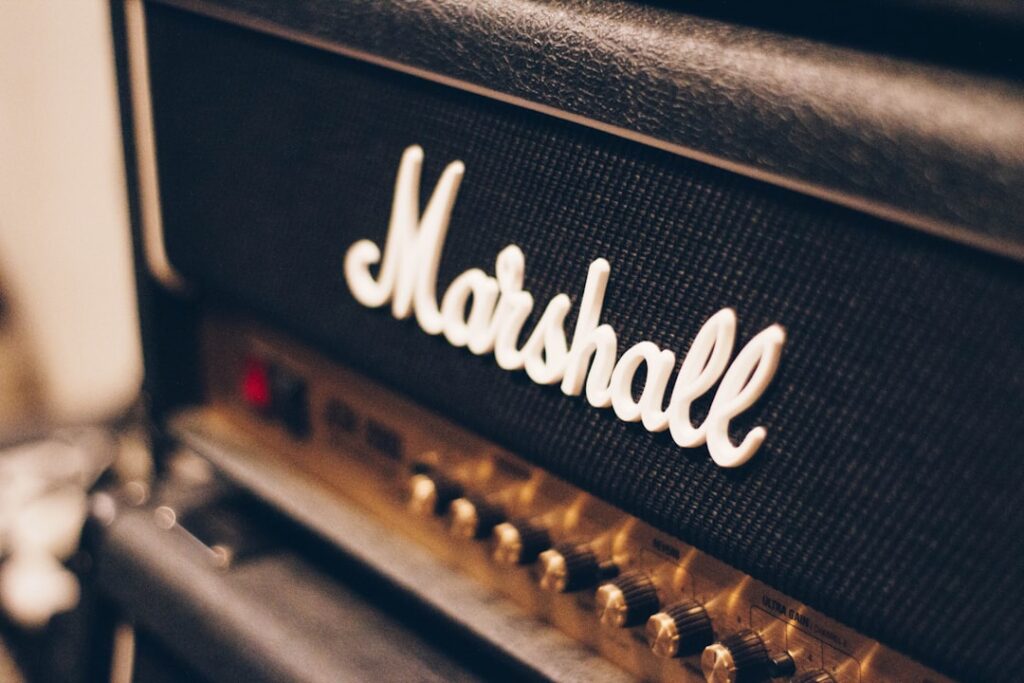
Tak Matsumoto’s guitar tone isn’t just about gear — it’s the result of a deep musical philosophy, years of refinement, and a clear vision of what a guitar should sound like in both studio and live contexts.
At the heart of his sound is a combination of:
- Midrange warmth and focus
- Expansive and expressive clean tones
- Layered spatial effects and smart routing
- Consistent mixing and stereo placement
His signature tone remains identifiable across genres and songs — whether it’s a blazing solo, a crisp funk riff, or a melancholic ballad. This tonal consistency is rooted in a system built around FAT custom amps and Gibson signature guitars, supported by carefully integrated effects and advanced MIDI switching.
But what truly sets him apart is his approach: he doesn’t simply collect gear — he builds sound. Every element, from EQ settings to amp placement and even delay routing, contributes to a unified sonic identity.
The good news? You don’t need a million-yen rig to start chasing that tone. With thoughtfully chosen budget gear (as introduced above), and a strong understanding of how to manipulate mids, space, and gain, you can achieve a tone that channels the spirit of Tak’s sound.
Most importantly, it’s not about copying — it’s about interpreting. What matters is learning how to shape a tone that fits the music you want to make, just as Tak Matsumoto does so masterfully with every note he plays.
Use this article as a foundation. Tweak your rig. Experiment. Learn how tone changes in the mix. And in doing so, discover your own take on the expressive, polished world of Tak Matsumoto’s guitar sound.
<h2>Likely Gear Owned and Used by Tak Matsumoto (Reference List)</h2> <p>This appears to be a comprehensive list of Tak Matsumoto’s guitars, amps, effects, and supporting gear — either used or known to be owned over the years. For reference and inspiration, here’s a categorized overview:</p>
🎸 Guitars
Gibson Signature Models (Tak Matsumoto)
- Tak Matsumoto Les Paul Canary Yellow (1999, 1998, 2000, Prototype)
- Tak Matsumoto Les Paul Tak Burst (2001, 2002, Prototype)
- Tak Matsumoto Double Cutaway (Prototype, CUSTOM EBONY, GOLDTOP AGED, Gloss Goldtop, Antique Natural, Aqua Blue, Darkback)
- Tak Matsumoto Firebird (Trans Black Burst Prototype, Vintage Sunburst, Red Prototype)
- Tak Matsumoto 1959 Les Paul (Prototype 2016, 2016)
- Tak Matsumoto Les Paul Standard Canary Yellow (Prototype 2017, 2018)
Gibson Les Pauls & Variants
- Les Paul Model (1954, 1955, 1956, 1957, 1958)
- Les Paul Standard (1959 x2, 1961)
- 1991 Gibson Les Paul Gold Top 1957 Reissue
- Les Paul Gold Top (1990s)
- Les Paul Studio -Fireball- (1996)
- Gary Moore Les Paul (2000)
- Robot Guitar Prototype (2005)
- 1958 Les Paul Chambered Lightly Figured Top (2007)
- Dark Fire (2008)
- Jeff Beck 1954 Les Paul Oxblood (2009)
- Mayday Monster Les Paul (2014)
- Les Paul Standard (2017, “Bernini” edition)
Other Gibson Models
- Les Paul Custom (1991, 1968, “Kiyomasa” 1970s)
- SG (Standard 1996, Standard 1961 Reissue 2007)
- Explorer (Futura Brown, 50th Anniversary 1958 Korina Explorer 2008)
- Firebird (V Reissue 1991, V Reissue 2012)
- ES-335 (Larry Carlton Signature)
- CS-336 (Plain Top 2002)
- Flying V (50th Anniv. 1958 Korina Flying V 2008, 1958, Japan Limited 1967 Flying V 2013)
- Acoustic Guitars: L-00 Blues King 1999, L-00 1999, CJ-165EC 2007, Hummingbird 2016
Other Brands
- Orville Les Paul Standard w/P-90 (1996)
Epiphone
- Elite Tak Matsumoto Les Paul Tak Burst (2002, Prototype 2002, 2003)
- Les Paul Standard (2002)
- Tak Matsumoto DC Standard (2010)
- Limited Edition Tak Matsumoto DC Custom (2014)
- Masterbuilt AJ-500RE (2003)
Fender
- Telecaster (1952, Firemist Red TELEHAM Heavy Relic)
- Stratocaster (1954, 1966 neck w/various bodies, 1962, Eric Clapton “Blackie” 2016, Frankenstrat Replica 2007, ’69 Relic 2013, ’78 “Eruption” Relic 2018, Stevie Ray Vaughan Relic 2019)
- Mustang (1977, Mustang Bass 1977)
Yamaha
- MG-M series (Prototype “T’S TOYS” 1988, MG-M II G 1991, MG-M III Custom/W-neck/Ikebe Prototypes 1993–1994)
- SG 510 (1980s)
- Electric Acoustics: APX-10N, NTX-700, APXT-1N, APXT-1 (1990s–2011)
Other Custom/Unique Guitars
- Ibanez (Talman TC630, RG7 Custom, AX7 Custom)
- ESP (Random Star – The Black Star, 2015)
- Ovation (Elite Brown)
- Killer Guitars (KG-Prime Thunderwing, Tyrant, Original, Tylant – various years and prototypes)
- Coral (Electric Sitar Brown)
- Godin (LGX Blue)
- Sadowsky (Metroline Black, TAK Signature)
- Jerry Jones (Electric Sitar Green)
- Zemaitis (S22 ST GOLD)
- National (Dobro)
- Peavey (WolfGang Gold Top)
- Bill Lawrence (Various Strat-Type Prototypes – Zebra, Butterfly)
- FGN (Origlan LP Type Cherry Sunburst)
- Freedom Custom Guitar Research (Noboru)
- Martin (“000-18” 1937, C-7 1870, John Mayer Signature)
- Music Man (EVH models: Trans Gold x3, Black, Pink)
- K. Yairi Acoustic (CE-3 2001, KK-46 No.7, RFK-1200GR, Ken B’z XXX Anniversary Special 2019)
🔊 Amplifiers
- FAT 80/84 – Custom distortion amp
- FAT 70/75 – Clean tone amp
- Two-Rock Bloomfield Drive – Used for clean arpeggios
- Two-Rock Silver Sterling Signature – Clean lead tones
🎛 Effects & Pedals
- Delay: BOSS DD-500
- Phaser: MXR EVH Phase 90
- Flanger: Maxon FL301 Reissue
- Power Supply: Free The Tone PT-3D
- Modulation/Filter: TEN Div. Chorus Prototype, TEN Div. Fixed Wah Prototype
- Dynamics: TEN Div. Booster, Compressor (all prototypes)
- Drive: TEN Div. Overdrive Prototype
- Pitch: DigiTech Whammy Ricochet
- Reverb: Free The Tone AS-1R
- MIDI Control: TECH 21 MIDI MOUSE, KENTON Thru-5
🛠 Other Gear & Accessories
- FAT Custom Switching System
- QSC Power Amp GX3 (Dedicated to delay path)
- Mackie 1402-VLZ3 14ch Mixer
- KORG DTR-1 ToneWorks Tuner / KORG DT-10
- Shure UR4D Wireless Receiver
- Jim Dunlop TM95 / TAK Cry Baby Wah Pedal
- FAT-Modded BOSS Volume Pedal FV-500L
- Radial J48 Active DI Box
- Original Guitar Picks (engraved with “DINOSAUR”, “Rei” and tour titles)






コメント